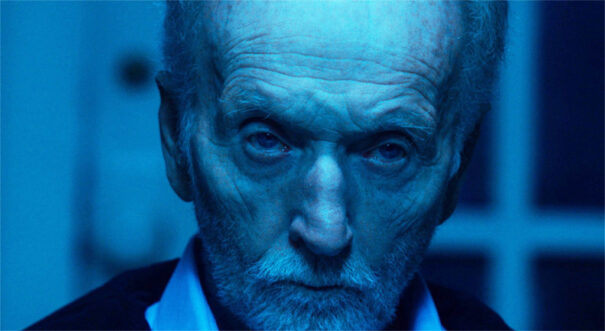The macabre horror of ‘Saw X’ amplifies its viscerality with DaVinci Resolve
Kevin Camilleri (Urban Post Production) decided to use Blackmagic’s DaVinci Resolve software to color grade ‘Saw X’, the tenth and final installment of this acclaimed horror saga.
In Saw X, a film that takes place between the events of Saw and Saw II, Kramer is ill and travels to Mexico hoping to undergo a risky, experimental procedure in search of a miracle cure for his cancer, only to discover that the operation was a scam to defraud the vulnerable. Driven by a new purpose, Kramer returns to his wanderings in order to turn the tables on the con artists, following their iconic and visceral methods, setting up ingenious and terrifying traps. The film was directed by Kevin Greutert, scripted by Pete Goldfinger and Josh Stolberg and produced by Oren Koules and Mark Burg.
The color treatment of Saw X involved significant challenges for Camilleri, who had to create a style consistent with that of the original two films, which were shot nearly two decades ago: “Obviously, back then they shot on film, so the movies had a very unique grain structure. We wanted to emulate some of that to make it feel like Saw X was part of that earlier history of the ‘Saw’ franchise. We relied heavily on DaVinci Resolve’s film grain tools to accomplish this. It’s a really robust toolset that allowed us to dial in the texture and grain size, while controlling whether it affected the luminance or chroma.”
Equipped with DaVinci Resolve Studio software and the DaVinci Resolve Mini Panel device, Camilleri also had the ability to retouch the images so that the years had not passed for characters since the original film: “We didn’t want to do an elaborate digital deaging process but just subtly make a few tweaks to help bridge the almost twenty year gap between the films,” Camilleri explained. “Using some simple adjustments in Resolve, I controlled the sharpness in the mid tones to give more of a natural softness to skin tones.”
Urban Post Production not only used DaVinci Resolve Studio for color grading, but also for final editing. In this regard, Camilleri said that the comprehensive approach of this post-production system facilitated the special effects sequences and helped to maintain order in the timelines, as well as to process the final renderings and the versions in P3 cinematic format, with high dynamic range and Rec 709.
Pocket Cinema Camera 6K, in Saw X
Beyond using DaVinci Resolve Studio for color on Saw X, the production team decided to use the Pocket Cinema Camera 6K to shoot images of the creepy traps, as well as to capture additional angles in the action scenes.
This is how Nick Matthews, director of photography, relates his experience with the Blackmagic camera: “The Pocket Cinema Camera 6K was used to capture some of the most iconic visuals of the film, as it played a crucial part in several of Jigsaw’s gruesome games. It was rigged like a SnorriCam to John Kramer during the blood boarding trap that placed the Pocket Cinema Camera 6K right into a waterfall of blood. I also used it to capture a number of the visuals for the film’s classic stutter frames, especially in the brain surgery trap and bone marrow trap. This meant shooting at 6 frames per second and 270 degree shutter while simultaneously ‘lens whacking’ where I’d play with removing the lens from the mount and remounting it to create light leaks similar to film roll outs.”
¿Te gustó este artículo?
Suscríbete a nuestro RSS feed y no te perderás nada.

















